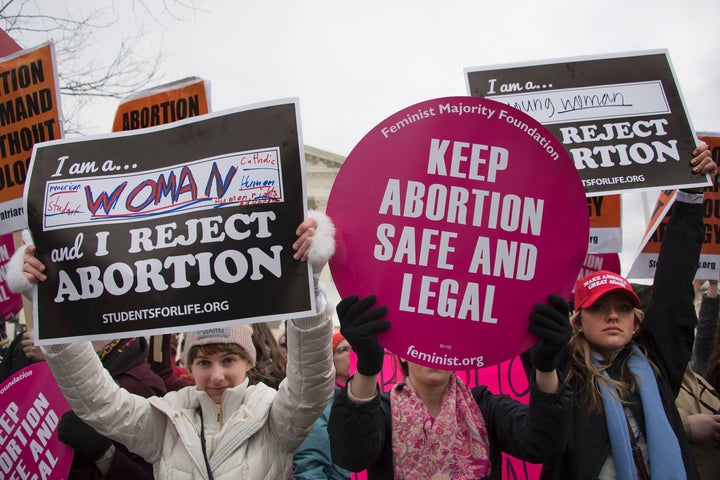
The anti-abortion legislators who propose state-level restrictions often argue they are simply promoting and protecting women’s health.
But a new report published this week by the reproductive health advocacy group the Guttmacher Institute highlights the startling extent to which abortion restrictions across the United States fly in the face of evidence about what abortion is and isn’t—and what actually benefits women’s health.
At least 10 of the most popular categories of anti-choice legislation run directly counter to rigorous scientific studies and surveys as well as assertions from some of this country’s major medical organizations, its authors found.
And more than half of women in this country live in states with at least two existing abortion restrictions that conflict with actual scientific evidence, while 30 percent live in states with a whopping five-plus regulations that fly in the face of credible research.
“We firmly believe that sound science matters more than ever in this age of ‘alternative facts,’” Elizabeth Nash, co-author of the report and a senior state issues manager with the Guttmacher Institute said in a press release.
“There is an urgent need to overturn measures that clearly flout the facts,” she continued.
The report grouped abortion restrictions into three major categories: those targeting abortion providers, or TRAP laws, which set specific, often medically unnecessary restrictions on facilities; those rooted in the idea that fetus’ can feel pain relatively on early in pregnancy; and those centered around mandatory waiting periods and counseling, which are based in the narrative that most women seeking abortions are upset or unsure.
In many cases, the evidence against such arguments has been presented both publicly and decisively. Last summer, this country’s highest court struck down a pair of restrictive TRAP laws in Texas saying that did not “[offer] medical benefits sufficient to justify the burdens upon access that each imposes.” And yet they persist.
Guttmacher estimates that nearly half of state have laws or policies that go beyond what is required to protect patients’ safety.
Even when there is a strong body of scientific evidence contradicting restrictions, they remain in place. Six states require that women be told abortion can have serious mental health consequences, despite the fact that numerous studies cited in the report have found that is not true. And more than half of states require a waiting period between a woman’s initial consultation and when she can actually have her abortion.
The regulations are based on the notion that women need time to make sure they are certain of their decision, but the report cites one nationally-representative survey that found 92 percent of women feel secure in their decision before they make an appointment, and another study of patients seeking care a large abortion clinic that found 99 percent were either “sure” or “kind of sure” of their choice.
Seventeen states have measures to ban abortions at or beyond 20-weeks on the grounds that a fetus may be able to feel pain at that point—but the American College of Obstetricians and Gynecologists, this country’s major OB-GYN group, disagrees, saying the earliest fetus’ may be able to experience pain is 24 weeks.
“With so many U.S. women living in states where the laws on abortion conflict with the science, it would be easy to succumb to temptation to say that data and evidence no longer matter,” the researchers write in the new report. “But, in the face of this onslaught, sound science matters now more than ever.”
If only more legislators agreed.
